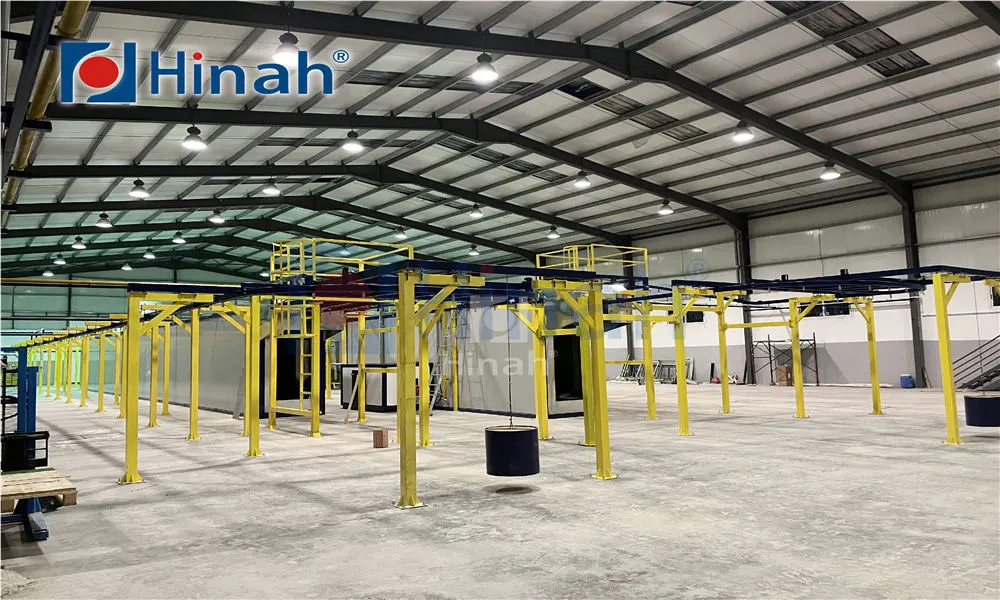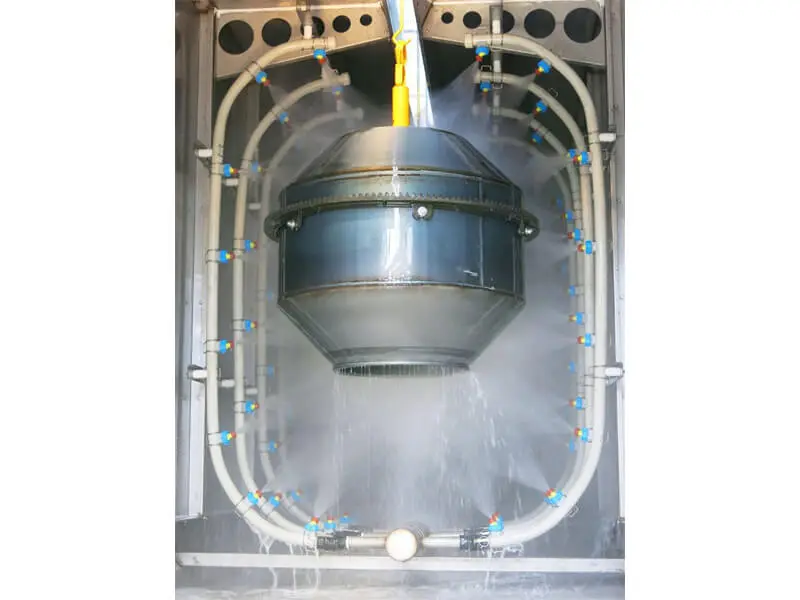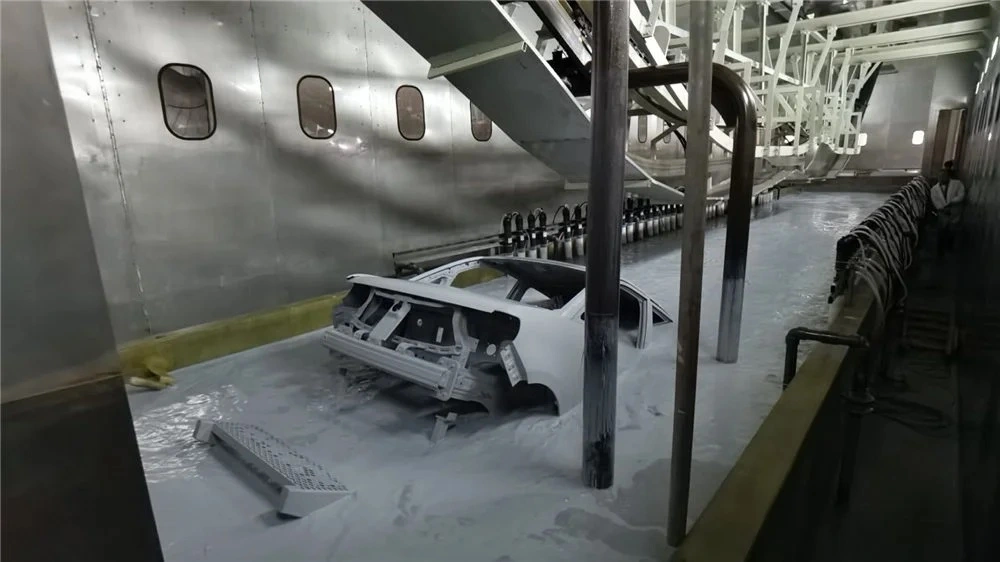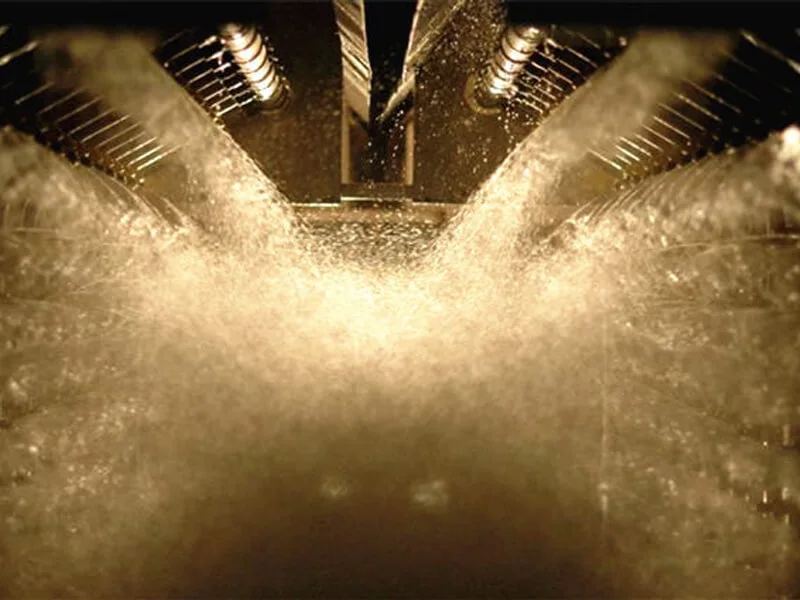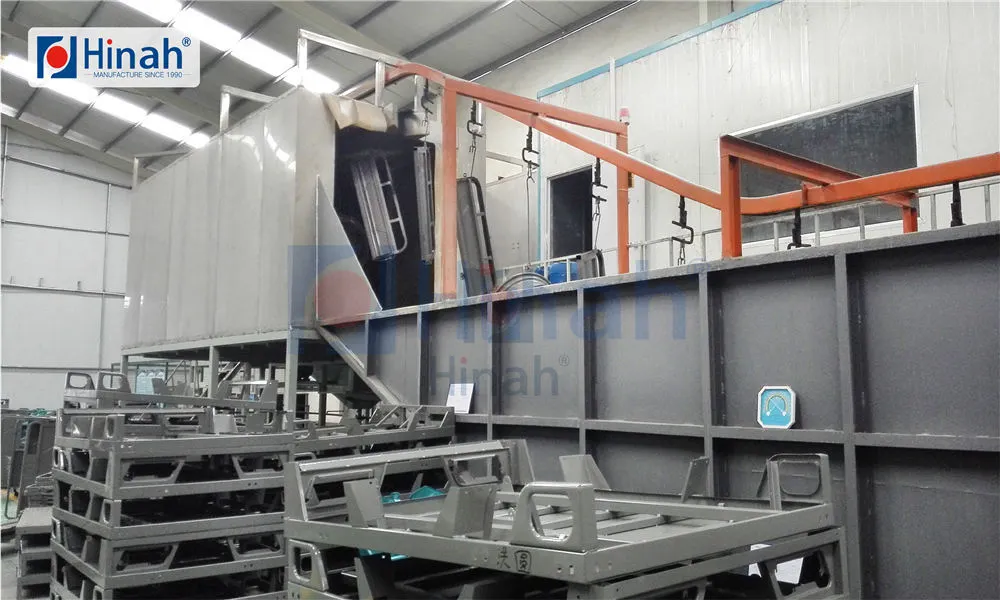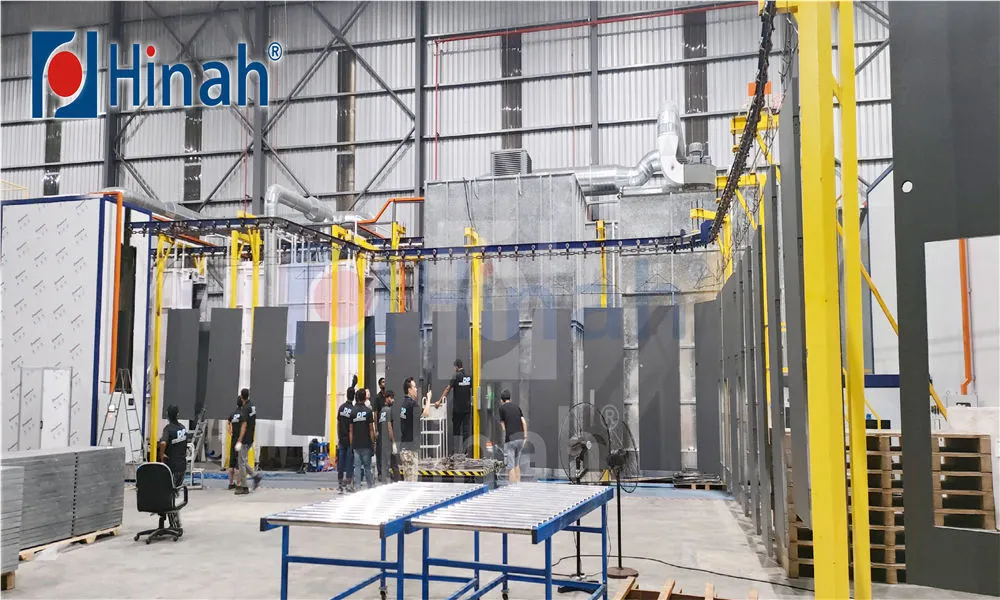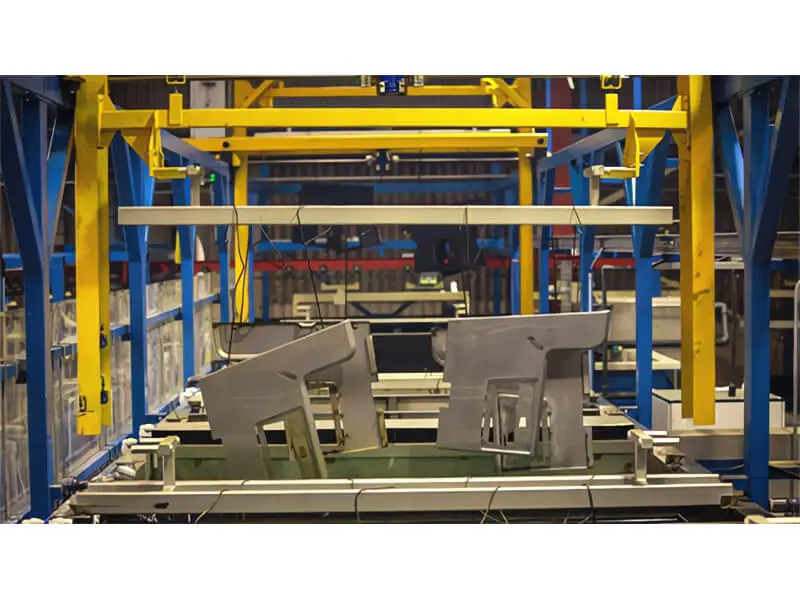When it comes to modern industrial finishing processes, the electric powder coating oven stands out as a game-changer. Imagine a world where surfaces are coated with precision, durability, and eco-friendliness—all powered by electricity. This isn't just a futuristic dream; it's the reality offered by electric powder coating ovens. As industries shift towards sustainable and efficient solutions, understanding the ins and outs of this technology becomes crucial. Whether you're in manufacturing, automotive, or any sector requiring robust surface treatments, this article dives deep into five essential facets of electric powder coating ovens. From their operational mechanics to practical benefits, we'll explore how these ovens can transform your workflow, all while keeping things simple and actionable. So, let's get started on this enlightening journey into the world of electric powder coating ovens.
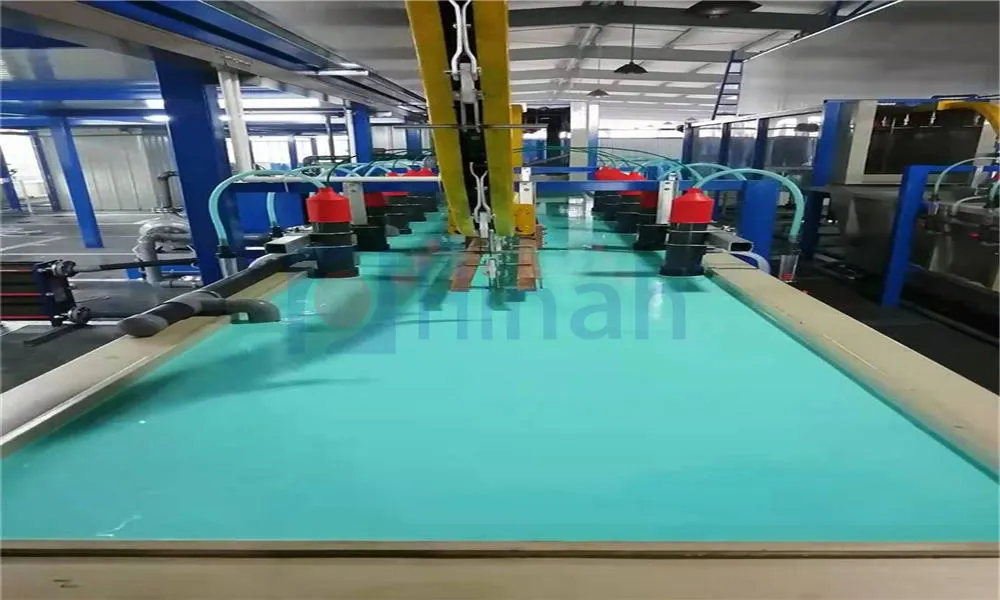
An electric powder coating oven is a specialized heating device used in the powder coating process, where a dry powder is applied to a surface and then cured under controlled heat to form a hard, protective layer. Unlike traditional liquid coatings, this method relies on electrostatic charges to adhere the powder, followed by baking in an electric oven to fuse it into a seamless finish. The electric powder coating oven is designed to provide consistent, even heat distribution, making it ideal for a wide range of materials, including metals, plastics, and composites. This technology has gained popularity due to its energy efficiency and reduced environmental impact compared to gas-fired alternatives. By using electricity as the heat source, these ovens minimize emissions and offer precise temperature control, ensuring high-quality results every time. In essence, an electric powder coating oven is the heart of the powder coating system, turning raw coated items into durable, aesthetically pleasing products.
How Does an Electric Powder Coating Oven Work?
The operation of an electric powder coating oven involves a series of well-orchestrated steps that ensure optimal curing and finishing. First, the object to be coated is cleaned and prepared to remove any contaminants. Next, the powder coating material—a mixture of resins, pigments, and additives—is applied using an electrostatic spray gun, which charges the particles to attract them to the grounded object. Once coated, the item is transferred into the electric powder coating oven. Inside, electric heating elements generate heat, typically ranging from 150°C to 200°C (302°F to 392°F), depending on the powder type and material. This heat causes the powder to melt, flow, and chemically cross-link, forming a tough, uniform coating. The electric powder coating oven maintains a consistent temperature through thermostats and controllers, preventing hotspots and ensuring even curing. This process usually takes 10-30 minutes, after which the item cools to solidify the finish. The efficiency of an electric powder coating oven lies in its ability to provide rapid heat-up times and precise control, reducing energy waste and improving throughput. By leveraging electricity, these ovens offer a cleaner alternative to fossil fuel-based systems, aligning with modern sustainability goals.
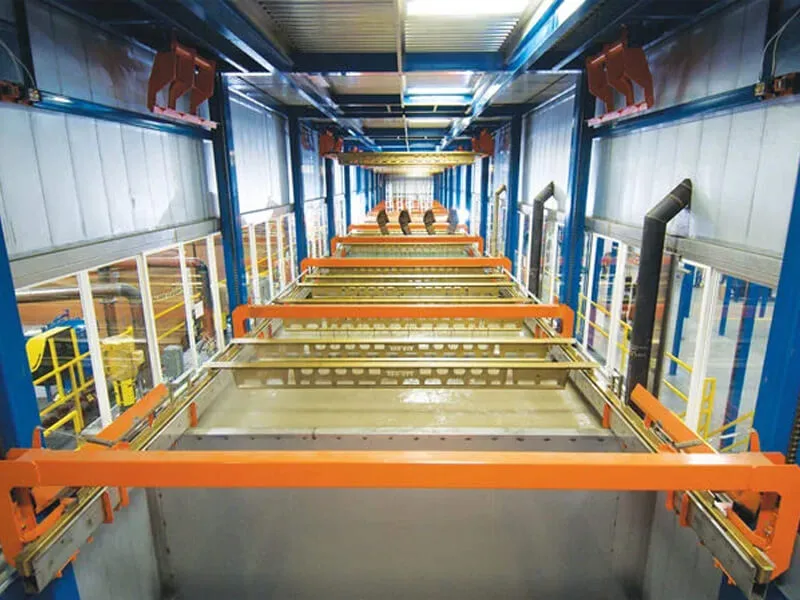
Key Advantages of Using Electric Powder Coating Ovens
Electric powder coating ovens bring a host of benefits that make them a preferred choice in various industries. One major advantage is their energy efficiency; by using electricity, these ovens convert nearly all input energy into heat, minimizing losses and lowering operational costs. Additionally, electric powder coating ovens produce zero on-site emissions, making them environmentally friendly and compliant with strict air quality regulations. They also offer superior temperature control, which is critical for achieving consistent finishes and reducing defects like orange peel or blistering. Another perk is their versatility—electric powder coating ovens can handle diverse shapes and sizes, from small components to large assemblies, thanks to customizable designs like batch ovens or conveyor systems. Moreover, these ovens require less maintenance compared to gas models, as they have fewer moving parts and no combustion systems to service. Safety is another highlight; electric powder coating ovens eliminate risks associated with flammable gases, providing a safer workplace. Overall, investing in an electric powder coating oven can lead to higher productivity, better quality outcomes, and long-term cost savings.
Common Applications of Electric Powder Coating Ovens
Electric powder coating ovens are widely used across multiple sectors due to their reliability and effectiveness. In the automotive industry, they cure coatings on parts like wheels, frames, and engine components, providing corrosion resistance and a sleek appearance. The furniture sector relies on electric powder coating ovens for items such as office chairs, tables, and outdoor fixtures, ensuring durable and colorful finishes that withstand daily wear. Architectural applications include coating aluminum windows, railings, and facades, where the electric powder coating oven helps achieve weather-resistant surfaces. In electronics, these ovens are used for enclosures and housings, protecting devices from moisture and abrasion. The aerospace and military fields also utilize electric powder coating ovens for critical components that demand high-performance coatings. Even in consumer goods, from appliances to sporting equipment, the electric powder coating oven plays a vital role in enhancing product longevity and appeal. This broad applicability stems from the oven's ability to deliver uniform heat and adapt to various production scales, making it a versatile tool in any finishing line.
Tips for Selecting and Maintaining Your Electric Powder Coating Oven
Choosing the right electric powder coating oven and keeping it in top condition is essential for optimal performance. When selecting an oven, consider factors like size and capacity—ensure it fits your workspace and can handle your typical workload. Look for features such as insulated walls and efficient heating elements to maximize energy savings. Temperature range and control accuracy are crucial; an electric powder coating oven with digital controllers and multiple zones can prevent overheating and ensure even curing. Also, evaluate safety features like overheat protection and ventilation systems. For maintenance, regularly inspect the electric powder coating oven for wear and tear, especially on heating elements and insulation. Clean the interior to prevent powder buildup, which can affect heat distribution. Calibrate thermostats and sensors periodically to maintain precision. Additionally, train operators on proper usage to avoid common pitfalls, such as overloading the oven or using incompatible powders. By following these tips, you can extend the lifespan of your electric powder coating oven and maintain high-quality output, ultimately boosting your return on investment.
Frequently Asked Questions About Electric Powder Coating Ovens
Q1: What is the typical temperature range for an electric powder coating oven?
A1: The temperature range for an electric powder coating oven usually falls between 150°C and 200°C (302°F to 392°F), depending on the specific powder coating material and the substrate being cured. It's essential to follow manufacturer guidelines to achieve optimal results.
Q2: How energy-efficient are electric powder coating ovens compared to gas ovens?
A2: Electric powder coating ovens are generally more energy-efficient because they convert almost all electrical energy into heat with minimal waste. In contrast, gas ovens may lose energy through exhaust and combustion inefficiencies, making electric models a cost-effective and eco-friendly choice.
Q3: Can an electric powder coating oven be used for all types of powder coatings?
A3: Yes, most electric powder coating ovens are versatile enough to handle various powder types, including epoxy, polyester, and hybrid coatings. However, always check the powder manufacturer's recommendations for curing profiles to ensure compatibility with your electric powder coating oven.
Q4: What safety measures should I implement when operating an electric powder coating oven?
A4: Key safety measures include ensuring proper ventilation to remove fumes, installing overheat protection devices, and using personal protective equipment like gloves and goggles. Regular maintenance checks and operator training are also vital to prevent accidents and ensure safe operation of the electric powder coating oven.
Q5: How long does it take to cure a coating in an electric powder coating oven?
A5: The curing time in an electric powder coating oven typically ranges from 10 to 30 minutes, depending on the item's thickness, the powder type, and the oven's temperature settings. It's important to monitor the process closely to avoid under- or over-curing.
In conclusion, the electric powder coating oven is a pivotal technology that combines efficiency, sustainability, and versatility. By understanding its core aspects—from definition and operation to advantages and applications—you can make informed decisions to enhance your industrial processes. If you're considering integrating an electric powder coating oven into your setup, remember the selection and maintenance tips to maximize its benefits. Embrace this innovation to achieve superior finishes and a greener footprint in your operations.


